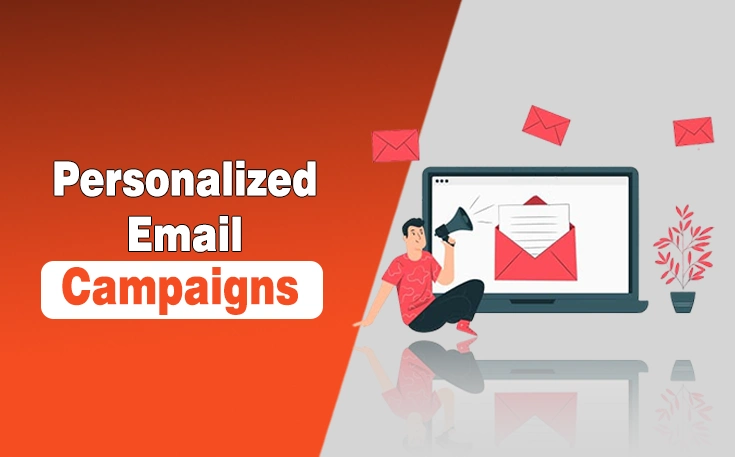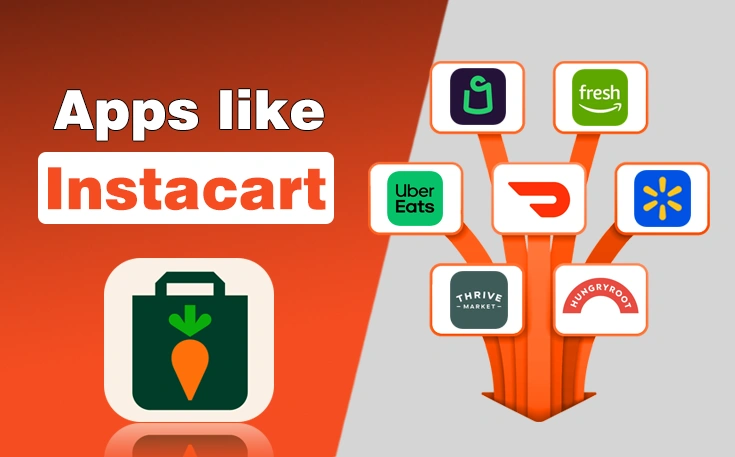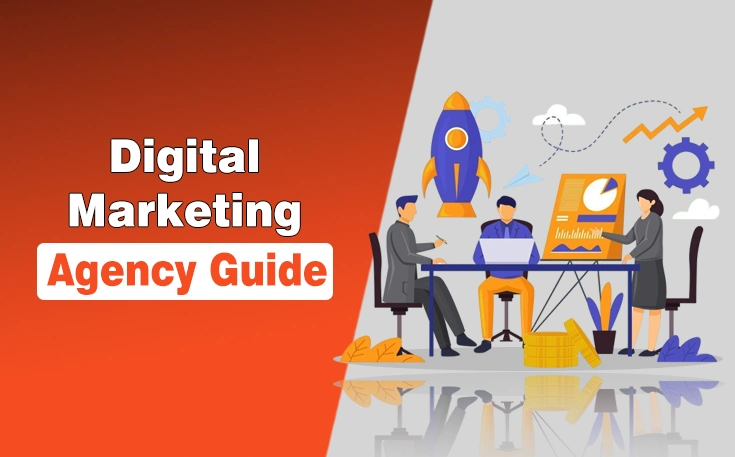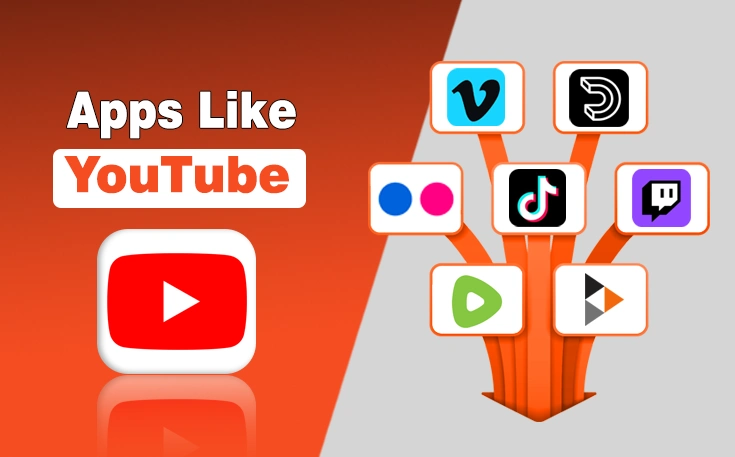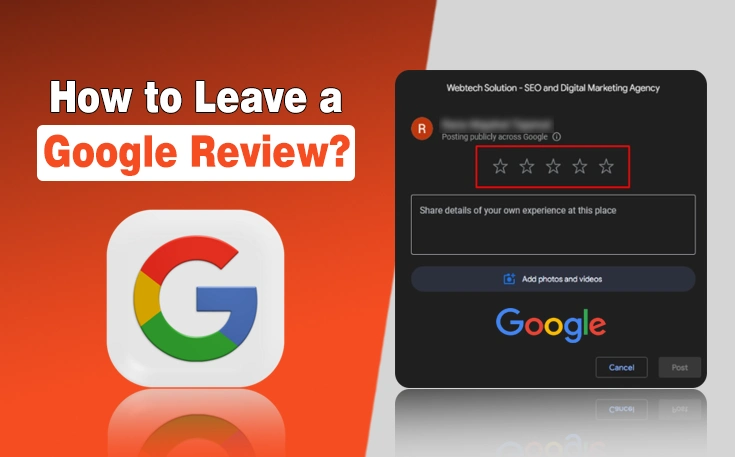Want to increase your email marketing efforts to stand out from the crowd and grab the attention of your audience?
It is time to switch things up and craft personalized email campaigns to drive reader’s attention and get more conversions. A successful email marketing campaign can help you promote your business, build brand awareness, and increase customer engagement.
But how do you craft personalized email campaigns that speak directly to your audience and encourage them to take action?
Here is the solution. This guide will walk you through the steps to create targeted email campaigns that work. From segmenting your contact lists to crafting personalized subject lines, we have covered everything you need to know.
So, let’s discuss the steps in detail.
What is Email Personalization?
Email personalization is a simple, yet compelling marketing technique that businesses and marketers use to customize their content. The customization is done to match the individual preferences, behaviors, and needs of each recipient, and provide audience-targeted content.
The content is crafted considering various factors like actions performed on the website, the products, purchased, and the customer journey. It also includes the recipient’s name in the subject line and the browsing behavior of the customers.
What Are the Benefits of Email Personalization?
A personalized email can be very effective and make your customers feel special. There are the following benefits of email personalization and sending targeted emails.
1- Increases Customer Engagement
Sending personalized email campaigns has higher engagement rates compared to generic ones. It means more people will open, read, and take action on your messages. Studies show that 71% of customers expect personalized communication from brands. And 76% of consumers get frustrated when it doesn’t happen.
This shows that personalized emails increase the chances of someone clicking a link on your website, resulting in more conversions.
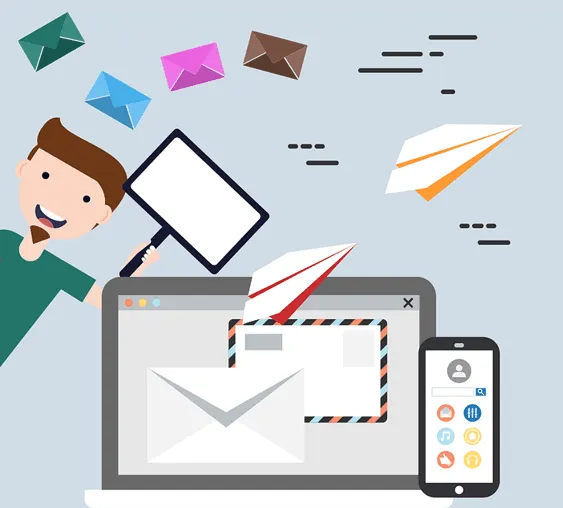
2- Generate More Sales and Revenue
Email marketing helps businesses drive sales and generate more revenue. Sending personalized emails offers enhanced open rates and higher engagement. Users are more likely to open the link on your website, helping you convert subscribers into potential customers.
Research shows that 90% of customers are more likely to purchase something when they get personalized experiences from brands. This indicates that, through personalized email campaigns, customers feel more connected to the business. To do this, you should use search and email verification tools to send emails to real users.
3- Upsurges Open Rates
Email marketing helps users focus on the email’s body and also personalize the subject line to increase the open rate. Personalized email campaigns with tailored subject lines have higher open rates compared to generic ones. These emails can easily direct the recipient’s attention by standing out in their DMs.
Research from Statista shows that 90% of U.S. customers find personalized marketing more appealing than generic ones. From this, you can imagine how important personalized email marketing is.
4. Builds Healthy Relationships
The above statistics show that users want a more personalized experience with brands. However, you can’t connect with all your customers in person when you are running a business. That’s where email marketing can make a big impact.
Even though emails contain the same offers or types of content, they can still appear personal to clients.
This way, personalized emails help you build valuable customer relationships. Customers feel like they matter to your brand. You can also make an impact by remembering the customer’s birthday and sending them a special offer.
You may also like: 10 Best Email Marketing Tools
How to Create a Successful Email Campaign That Work
Below are the key elements of a successful email marketing campaign that help you create engaging and effective emails that get results.
1. Define Your Target Audience
Knowing your target audience is the most important step in crafting an effective email marketing campaign. It involves recognizing a group of people interested in your services and crafting your message considering their needs and preferences. This way, the chances of your email resonating with your target audience increase, resulting in more conversions.
Know your target audience by analyzing and identifying your customer’s common characteristics, such as age, gender, interest, and location. Conducting market research to get insights into your industry and people interested in your services, can also help. Collecting this information helps you create personas or profiles representing your ideal customer.
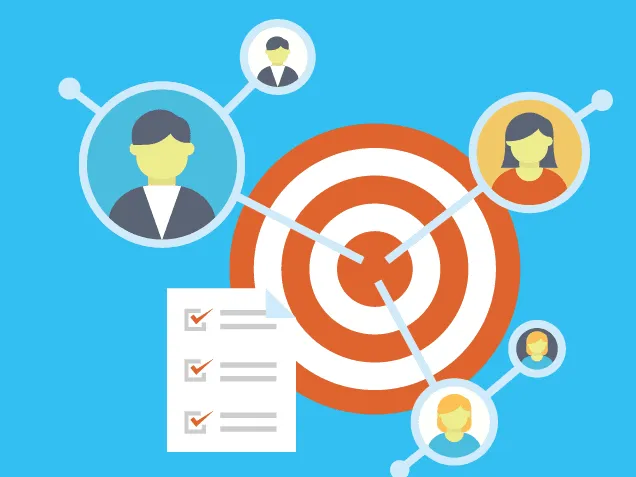
2. Craft a Catchy Subject Line
Creating a customized catchy subject line is another effective way to leverage email personalization that helps boost opening rates. It is the first thing that your customer will see in their inbox.
To capture the attention of your audience, your subject line should be clear, concise, and compelling. It should give a clear idea of what your email is about.
You can create a catchy subject line by using powerful words, such as “exclusive,” “free,” or “limited time” to make a sense of urgency.
Using the recipient’s name or other personal information can also help you create an effective subject line. Studies show that emails with personalized subject lines are 26% more likely to be opened. So, create a resonating subject line and make a big difference in the success of your email marketing campaign.
3. Write a Compelling Email Copy
Writing compelling email copy is another important step to making your email marketing campaign successful. Your email copy is what urges your customers to act. Therefore, it should be engaging, informative, and user-oriented.
You can write an email copy by understanding the pain points, needs, and interests of your audience. An effective email copy addresses all these issues and also highlights the benefits of your services or products.
Thus, use
- Easy-to-understand language
- Real-life examples
- Customer testimonials
- and Don’t use technical jargon that confuses your audience to create a compelling email copy.
4. Collect User Data
To personalize your emails, you need user data that provides more personalization options. Think about what information you need to create relevant emails. Once you know this, it becomes easier for you to collect information about your recipient.
You can do this by considering:
- Email Forms: Adding a subscription form to your website and asking visitors to enter their name, email address, and other information is a great way to collect user data.
- Lead Enrichment Tools: Using dedicated tools to scrape users’ information on platforms such as LinkedIn is a great way to enrich your leads. You can use solutions like Cognism or Clearbit for this purpose.
- Tracking Website Behavior: Checking users’ interactions with your website is another effective way to know the interests and preferences of your customers. Use tools like Google Analytics to track their browser activity and craft your emails accordingly.
5. Incorporate Engaging Visuals
Incorporating eye-catching visuals is another great way to create a custom email marketing campaign. Add visuals like images, videos, and attractive graphics to draw the attention of customers and make your email look more appealing.
- The images and visuals should be of high quality
- Should be relevant to your brand
- Should be of appropriate size, as big files slow down the load time of your email
6. Segment Your Contact List Early On
Segmenting your contact list means grouping your subscribers into small segments based on their characteristics or behaviors. The process helps you send targeted, personalized, and relevant emails to each group.
You can segment your email list by;
- Demographics
- Interests
- Behaviors
- Relevant criteria
Thus, segment your emails and send more targeted and relevant content to your audience.
7. Create A/B Test Versions
A/B testing, also known as split testing, is used to compare two versions of an email campaign to see which one is better. It allows you to test the subject line, the email body, the call-to-action, or the email layout.
A/B testing serves as an important tool for improving the effectiveness of your email marketing campaigns and making informed decisions.
Final Words
Crafting personalized email campaigns is an essential tool to promote your brand, catch the attention of more customers, and drive more sales.
However, brands must understand their audience and their interests to create highly personalized emails that resonate with their needs and wants. Segmentation is another great idea to send the right emails to the right users at the right time!

